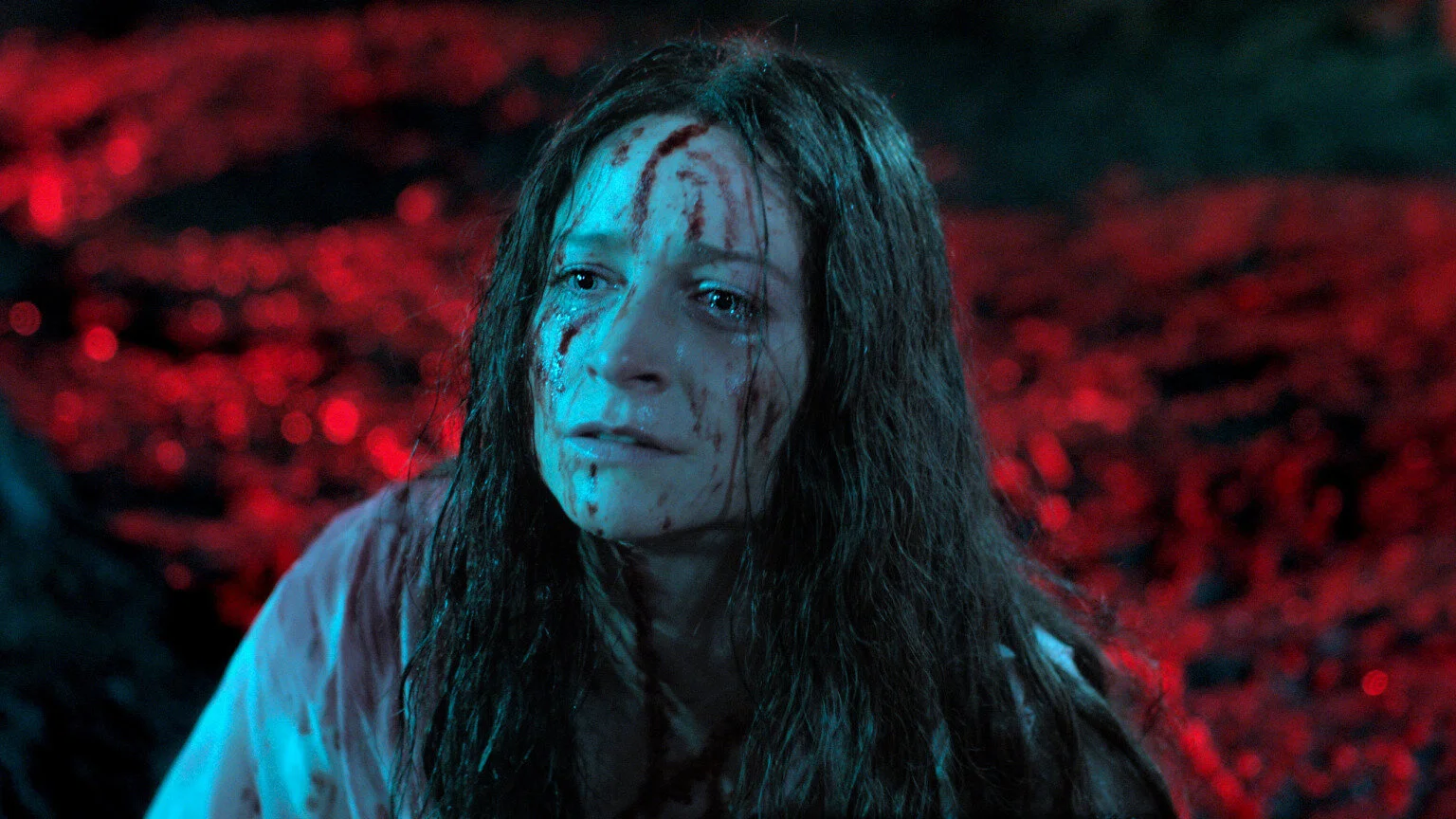Censor (2021) Review
“I’m cutting it.”
In Europe, during the 1980s, low-budget lewd and gruesome films started circulating around known as “Video Nasties.” Due to passing these films off as mere “videos” instead of “films” — many producers and independent studios figured out this loophole to avoid being reviewed by the British Board of Film Classification. Public hearings were held by many parents who criticized the content of the films, as well as their relative ease of accessibility, for children.; Many of these parents also blamed the rise of youth crimes on video nasties themselves. Most of the Video Nasty filmmakers ended up being prosecuted but some managed to get off the hook and continued to keep their films in the mainstream; The Evil Dead (1981) and Possession (1981) being two of the more popular titles. Eventually — a much stricter code of censorship was forced upon these films to ensure the “safety” of the public. That’s where Prano Bailey-Bond’s directorial debut comes in.
Enid (Niamh Algar) works as a censor during this era and is given numerous brutal and exploitative films to sift through each day. Most days, her job doesn’t faze her in the slightest. Then, out of the blue, a film titled Don’t Go in the Church reminds her explicitly of the childhood memory in which her sister disappeared. Enid soon begins to obsess over the director of the video nasty, Frederick North, and hunts down his previous works. In a former film, she finds that North’s muse, Alice Lee (Sophia La Porta), has a striking resemblance to her lost sister, Nina. “The eyes,” Enid says in a vague manner as if it would convince anyone of the connections she is making in her head. Her parents are convinced she needs to move on from Nina but this recent occurrence throws Enid into a ravine of trauma one more time; one she may not get out of.
It’s the mesh of these two storylines Bailey-Bond seems to be going for in order to build the tension; the mystery of Nina’s disappearance combined with Enid’s fascination with the works of Frederick North — seemingly all connected. The film presents the question: does violent media actually cause violent actions, or is it just, in fact, another scapegoat for a society that likes to paint everything in a black and white light? In the first act of the film, reports circle around the censor office that a husband has eaten the face off his wife — based on one of the gruesome acts depicted in another video nasty cleared by Enid’s department. By the end of the film, as Enid begins her final step into a full descent of madness, it can be heard in the back of the offices that the husband had never even seen the aforementioned video nasty before — therefore the crime could not be correlated. But in the eyes of the public, the damage had already been done.
The final act blurs the lines between the film itself and the video nasties Enid has submerged herself into. As she stumbles onto North’s film set and meets Alice Lee — all hell breaks loose and the film shifts into a darkly psychedelic trip into the unknown. Enid loses control of herself while the storytelling and narrative begins to fully encapsulate her psyche at this point; taking the form of a video nasty itself. Bailey-Bond chooses to end in a vague, yet not unexpected manner, While some may see this ending as narratively lacking; it’s clearly written to theme. When the horror ends and the audience sees a much brighter dream sequence from Enid, it can be heard on the radio that all the video nasties have been eradicated and crimes have dropped to zero. One can’t help but feel that Bailey-Bond is taking the stance that violent actions stem from trauma — not solely from exposure to violent films or media. Though, in the case of Enid, her childhood trauma was triggered working in such a field, and caused her to be pushed over the edge. The film ends on such a falsely positive note that it feels like Bailey-Bond is making a harrowingly honest observation encapsulated in such an ironic, and darkly playful, manner. What a strong debut.
